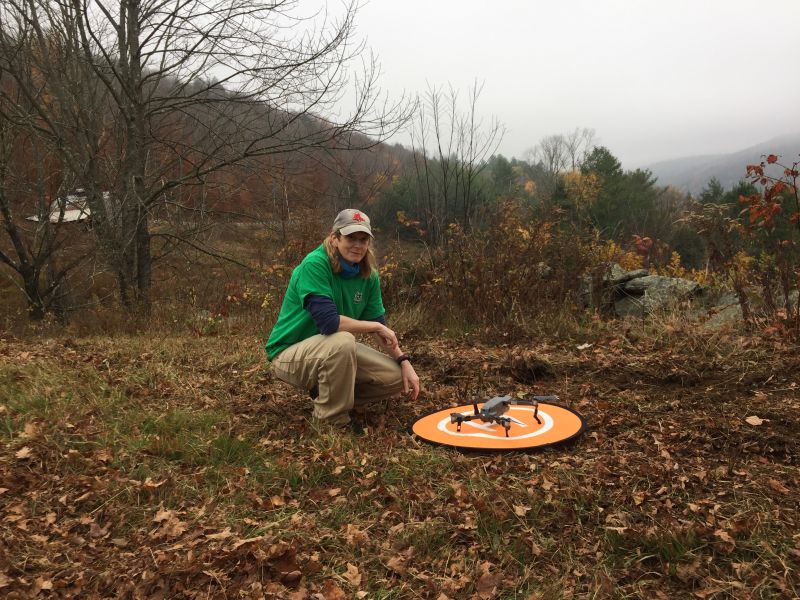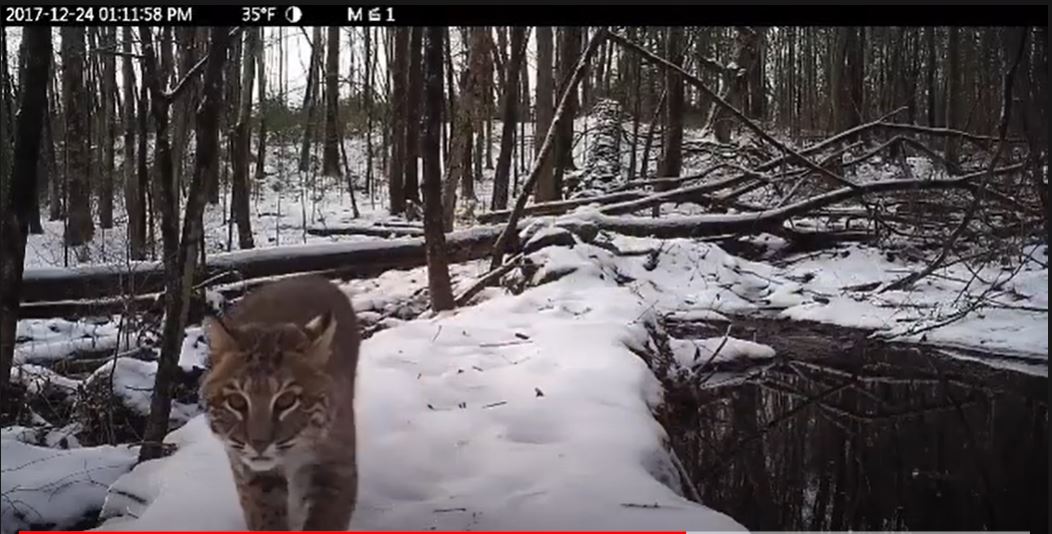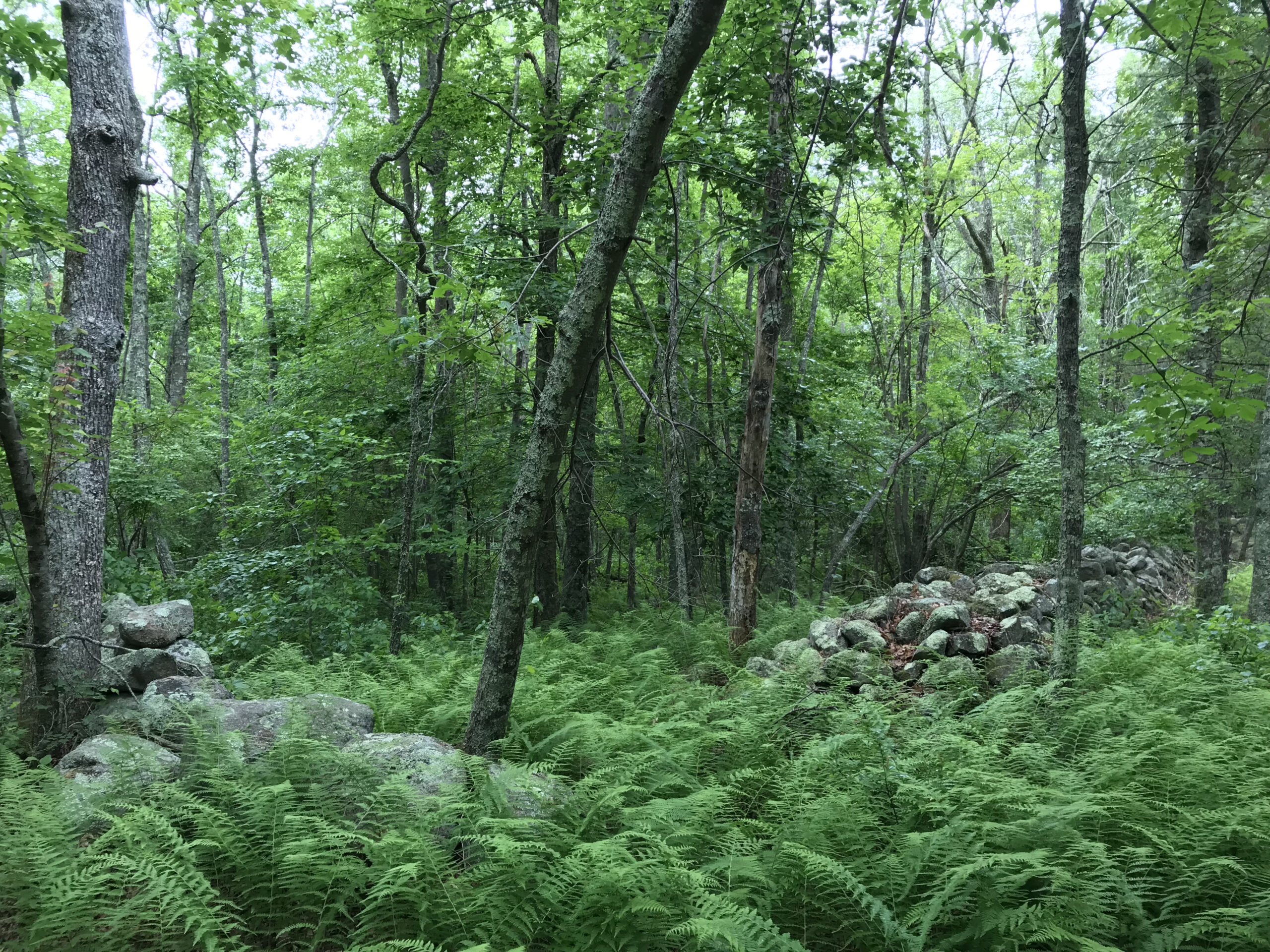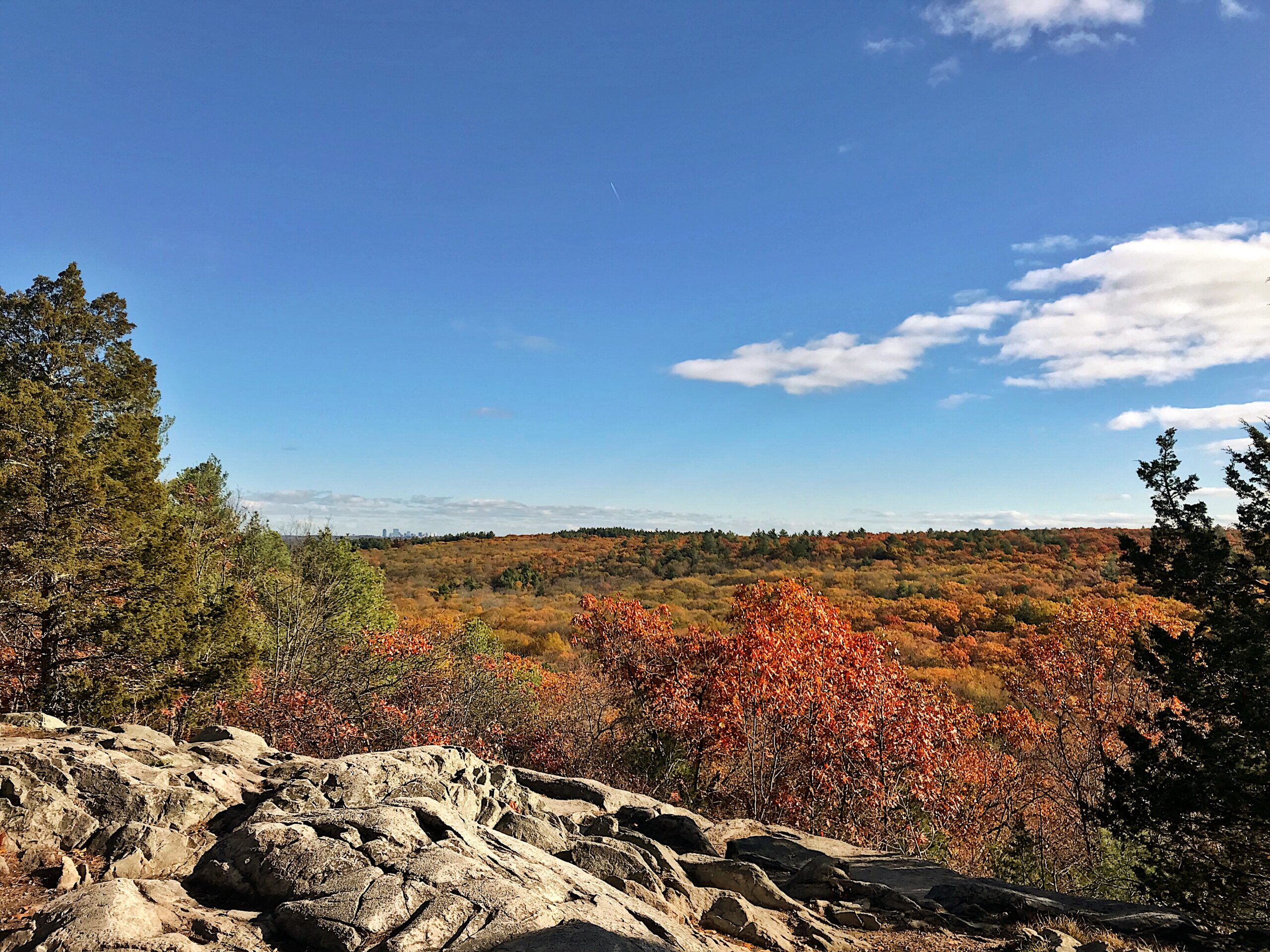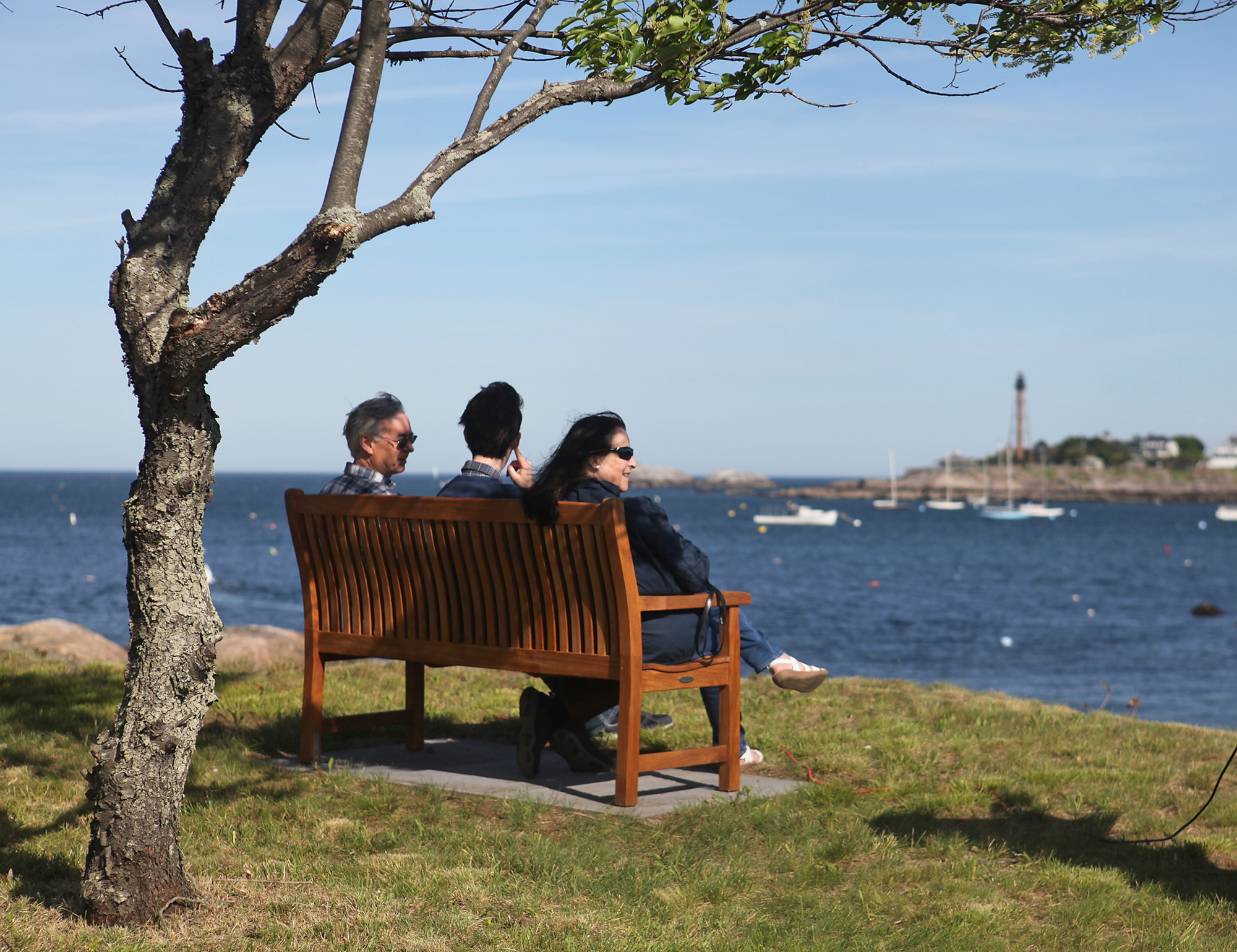Support from our Founders Circle members is crucial to so much of our work, including our ability to acquire conservation restrictions—one of the best tools available for protecting precious landscapes. Conservation restrictions allow landowners to preserve their property as protected open space, forever. Currently, The Trustees oversees more than 20,000 acres of land under conservation restriction. Read on for a Q&A with Trustees Conservation Restriction Stewardship Director Sally Naser to learn about conservation restrictions and how Founders Circle members can protect their land, receive tax benefits, and support our mission at the same time.
What is a CR?
A conservation restriction (CR) is a legal agreement between the owner of a property and a nonprofit organization, which restricts the use of an area of land without affecting the ownership. Conservation restrictions are designed to maintain a parcel of land in its “natural, scenic, and open condition.”
The purpose of a CR is to limit development. It can restrict the amount and type of buildings on a property and allow a landowner to continue certain activities such as recreational use, sustainable forestry, and farming. Because individual landowners have different needs and goals for the conservation of their property, each recorded CR contains unique terms which reflect a balance between protecting the land and its resources and the personal objectives of the landowner granting the CR.
How many CRs do we have?
Currently, The Trustees hold about 330 CRs across the state, protecting over 20,500 acres. The Trustees is the largest private holder of CRs in Massachusetts.
Last year we celebrated 50 years of holding CRs as we accepted our first one in 1972 on land in Sherborn abutting the Charles River and Rocky Narrows—which itself was The Trustees’ first reservation, acquired in 1897. After the state authorized CRs in 1969, The Trustees and the Mass Audubon Society recorded their first CRs on the very same day.
How long have you been on the Trustees CR team and what do you do in your role?
I started at The Trustees in November 2010 as the CR monitoring specialist. Since then, I’ve been promoted to the CR program manager, and now the CR stewardship director overseeing the stewardship, monitoring, approval requests, ownership changes, and enforcement of our statewide CRs .
Every CR has to be monitored annually by The Trustees CR Stewardship team of three employees, with some help from other full-time and part-time staff. We do most of our monitoring visits in-person, but this year, we’ve started adding remote satellite imagery to our boots on the ground visits, as many of our CR properties are very large and may have areas that are inaccessible by foot.
A big part of what we do is relationship building. On our annual visits, we check if there have been any changes to the land or the ownership, but I always stress to landowners that our role is to be their conservation partner. Although we only visit once, we welcome conversations and updates from our CR landowners throughout the year. My staff also sends out a regular newsletter and we offer periodic workshops for landowners to learn more about topics such as invasive plant management and forest management.
What is the best part of your job?
The best part of my job is the cooperative relationships I have built with our CR landowners over the past 12.5 years. Positive working relationships with landowners make sure that their land conservation values are protected forever. Everything we do is aimed at ensuring that every CR’s conservation values are protected forever as well as honoring the original grantor’s donor intent.
Another thing I really enjoy is setting up wildlife cameras on many of our CRs, primarily in Western and Central Massachusetts. In 2012, the CR Program applied for and was awarded a small grant from the Norcross Wildlife Foundation to purchase cameras. Over the years I’ve captured candid footage of black bears, bobcats, beavers, otters, coyotes, foxes, and even the occasional moose. It’s so rewarding to share the trail cam captures with our landowners and see their excitement. A photo of a mother bear and her cubs or a video of a bobcat is such a tangible way to help connect someone with the land and help them truly understand why land conservation matters. Our wildlife camera program has also helped me build closer connections with many landowners since I’m visiting multiple times throughout the year to do camera checks.
What else should people know about CRs?
You can learn about how to place a CR on your land and the potential tax benefits you might receive while protecting it in perpetuity by visiting our website.
The true heroes here are not The Trustees, but rather the hundreds of CR landowners who have generously partnered with us over the past half century to ensure their land’s conservation values are protected forever.
